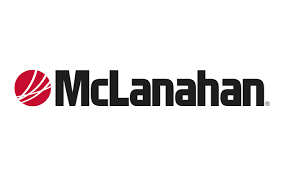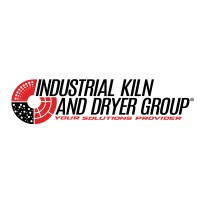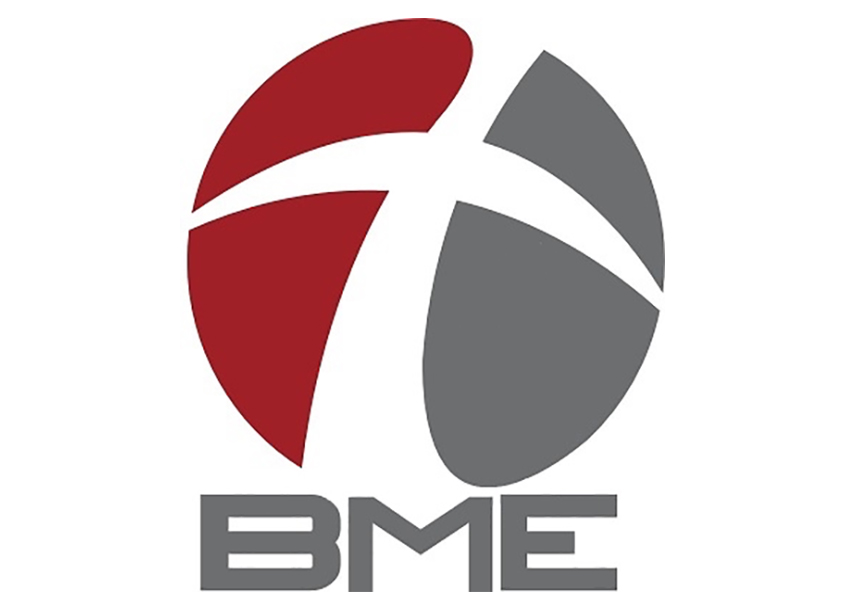The momentum in the shale and tight oil sector remains strong. Operational demands are intensifying, logistics networks are under strain, and operators face increasing pressure to enhance efficiency while managing costs. A modular, automated approach to frac sand handling that incorporates intelligent sensors, predictive analytics, and software-based control systems is quickly becoming a key factor in maintaining a competitive edge. In the early days of hydraulic fracturing, the emphasis was on volume and scale. Today, the focus has shifted to precise, responsive, and cost-effective proppant delivery enabled by digitization and automation.
How Automation Is Transforming Frac Sand Operations
Automation in frac sand operations continues to advance as technologies mature and the need for reliability and efficiency increases. Leading operators and service providers are streamlining last-mile delivery, implementing advanced conveyor and silo systems, and integrating data-driven platforms to reduce downtime and minimize environmental impacts. By reducing reliance on manual labor and outdated equipment, automated systems help shorten operational cycles and support faster well completions.
Low-code software and customizable automation platforms are gaining momentum, enabling field teams to quickly deploy and adjust logistics workflows. This adaptability is especially important in remote shale plays, where terrain, climate, and fluctuating demands create operational challenges. Meanwhile, automated transloading systems and digital inventory monitoring are replacing manual stockpiles, reducing spillage, and improving transparency throughout the supply chain.
The digital twin concept is gaining momentum in the frac sand sector, allowing operators to model and simulate the entire supply chain, from mine to wellsite, within a virtual environment. These simulations help logistics planners test scenarios, identify potential bottlenecks, and optimize delivery routes. Proppant storage and delivery systems are increasingly being virtualized, monitored, and managed through centralized data centers, offering greater visibility and remote operational control.
These advancements are enabling the development of shared digital ecosystems among exploration and production companies, logistics providers, and service firms. These interconnected platforms provide secure access to critical operational data, supporting advanced analytics and AI applications that continuously learn and recommend adjustments to reduce non-productive time and improve delivery precision.
The Ongoing Shift Toward Intelligent Frac Sand Logistics
This new chapter in shale and tight oil development is defined by integrated, intelligent automation. Unmanned transload sites now operate independently, AI algorithms optimize truck routes in real time, and sensor-based systems predict maintenance needs before failures occur. Frac crews are increasingly working alongside automated control platforms, with real-time field data feeding into centralized dashboards to support immediate decision-making.
However, this transformation brings elevated risks. Cybersecurity has become a top concern for industry leaders. As automation and digital integration extend further into operations, protecting operational data, communications, and control systems from cyber threats is now essential. While automation offers clear benefits in cost reduction and safety, managing digital risks remains a significant challenge.
Frac Sand USA 2026 is a leading platform where industry leaders, technology innovators, logistics specialists, and upstream operators will come together to help shape the future of frac sand automation. The event will deliver valuable insights into emerging technologies, evolving best practices, and the infrastructure needed to support the next generation of efficient, secure, and responsive sand logistics in shale operations.













